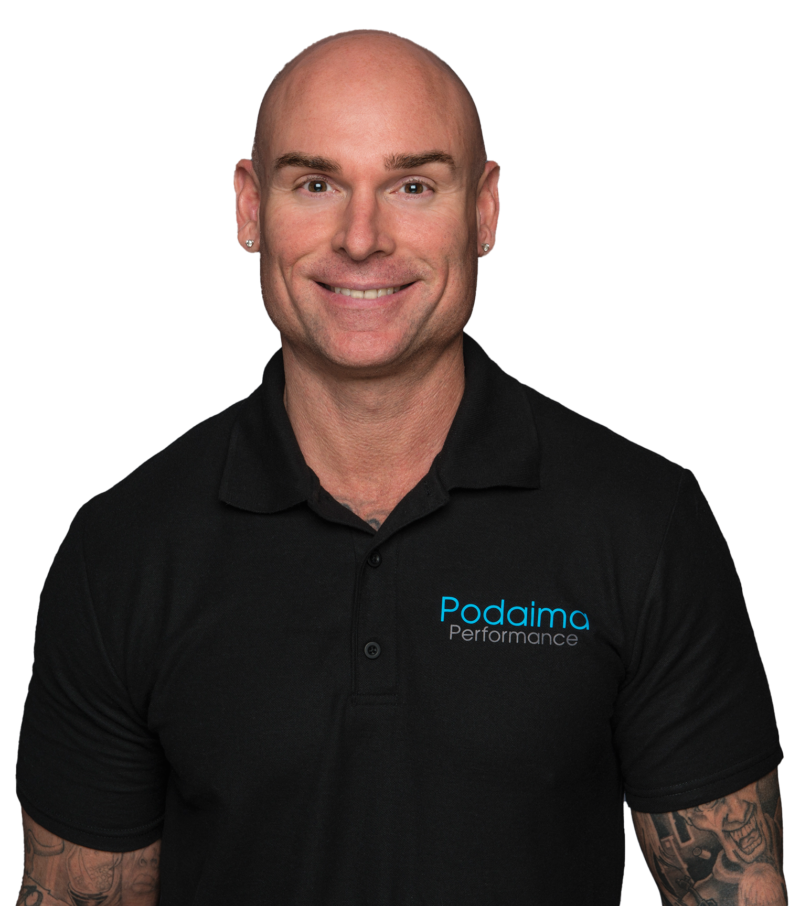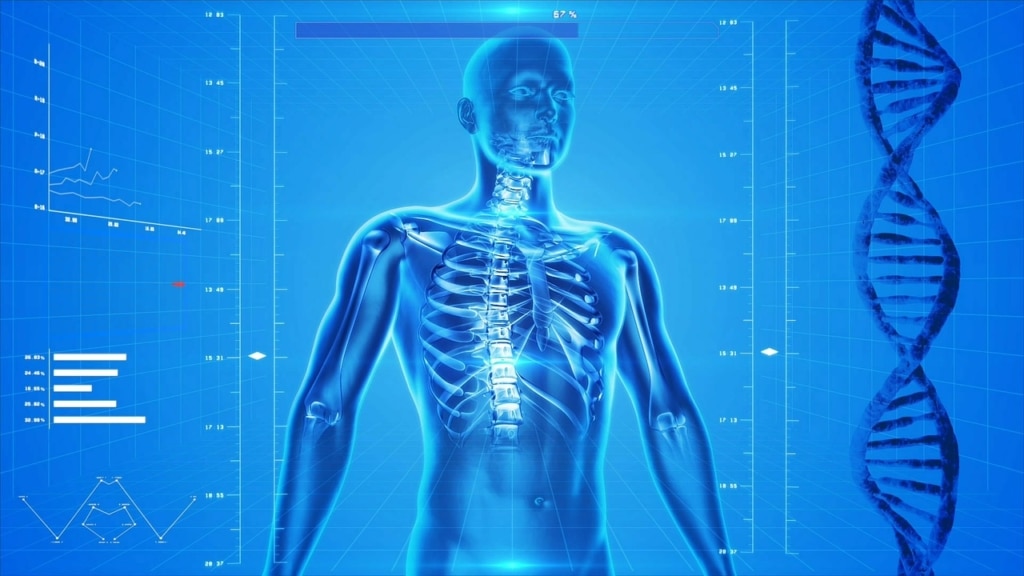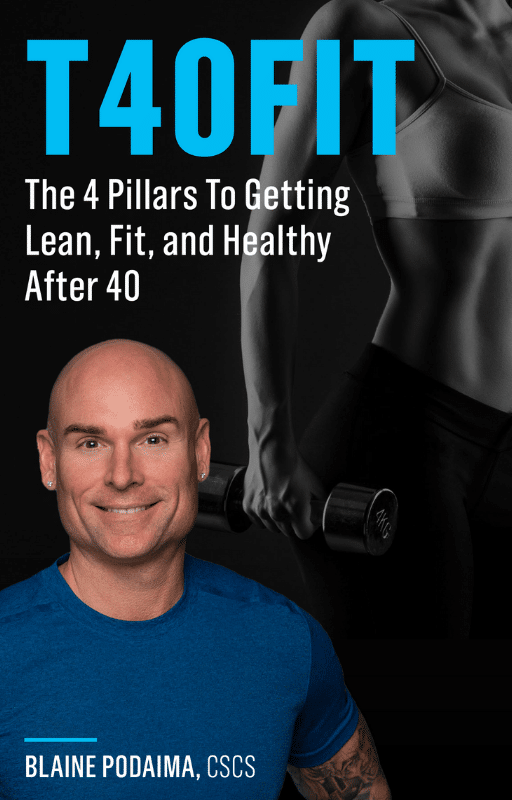Building stronger, more dense bones is one of the main benefits of following a well developed exercise program. This is especially a concern for people as they get older as bone density decreases and chances of fractures or breaks goes up. Osteoporosis– a disease that is characterized by critically low levels of bone mass, can be fought with the proper exercise and diet program.
Just as muscles can be bigger and stronger when you stress them enough so can bones. For bones to become stronger they must surpass MES– which is short for the term minimal essential strain. What this means is that if the load is too light on the bones then they have no reason to become bigger or denser. But, if the load exceeds the minimal essential strain then the bone will become bigger and more dense. The best activities are increasing in intenstity and weight bearing. MES is thought to be 1/10 of the force needed to break the bone. The opposite is also seen with inactivity. If the bone is not stressed enough it will lose its mass and density. This can often be seen when someone breaks a bone-a leg for example. The leg will be put in a cast and immobilized for some time. Once the cast is removed you can see the loss of both muscle mass and bone size, which is quite remarkable. Once you start loading that leg again the muscle and bone mass does come back quickly.
When muscles become bigger and stronger you are able to lift more weight. As the weight is increased the bones must get stronger to support the added stress on the musculoskeletal system. Many studies have shown a positive correlation between bone mass density(BMD) and muscle size and strength. With this reasoning it is safe to say that any type of exercise program that stimulates muscle size and strength will also increase BMD. This is why I try to make all of my clients- regardless of age, as strong as they can possibly be.
Weight training programs that are designed to stimulate bone growth need to incorporate:
- Specificity of Loading: Using exercises that load a certain part of the skeleton. For example squats may be good for increasing the bone density of your legs but not your wrist.
- Exercise Selection: Exercises should involve multiple joints, should direct force vectors through the spine and hip(structural exercises) and should apply loads heavier than single joint exercises. Exercises such as squats, deadlifts, shoulder press, and Olympic lifts should be used when trying to increase bone density.
- Progressive Overload: Progressively putting greater than normal demands on the bones. Increasing intensity/resistance.
- Vary Exercise Selection: Changing the distribution of force vectors to continually present a unique stimulus for new bone formation.
So to simplify things exercise programs should load the entire body with emphasis on structural exercises to strengthen the spine and hips-the bones most prone to fractures and breaks. You must keep getting stronger/increase intensity to keep increasing the size and density of your bones. Last but a very important factor is that you must change which exercises that you use. Even modifying an exercise slightly will change the force vectors going through the bone.



